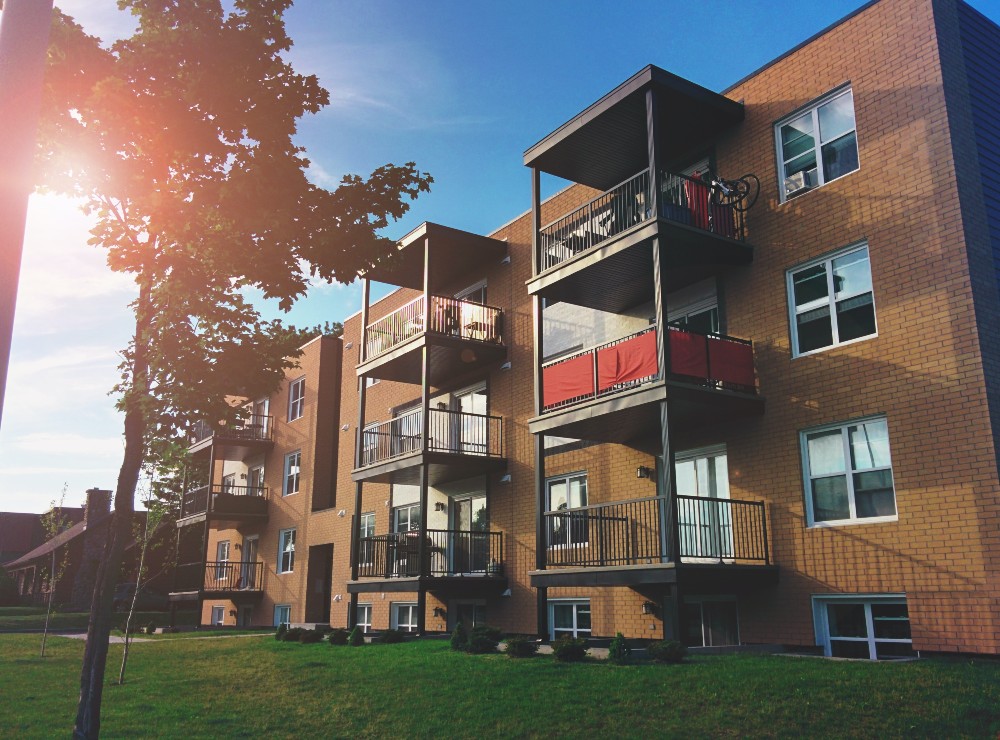A quick outline
Savvy investors don’t purchase real estate without a strategy. One such strategy is the rental property snowball strategy, which involves purchasing multiple rental properties using the income generated from each. It’s a handy way for investors to get started in real estate and propel their real estate portfolio forward as they go.
Main Topics
Investing in real estate begins with buying just one property. Many investors choose to buy a rental property to begin with, because they can build on this by buying further rental properties. Essentially, this allows investors to build their real estate portfolio one rental property at a time. Here’s where the snowball strategy comes in.
What is the rental property snowball strategy?
Investors use the snowball strategy with rental properties to be able to buy more properties. How does it work? It’s quite a simple concept that hinges on using one property to buy the next. In other words, investors will buy a rental property and use the money from this to finance their next investment property purchase.
The income generated from the rent received is often used to build up enough money for a down payment on the investor’s next rental property, and to help pay off loans, and so this continues. It’s a useful way to build up a large real estate portfolio for savvy investors and follows along the concept of using small bits to build up to something bigger, just like you would when making a snowball.
Buying multiple rental properties right off the bat is usually not possible for investors, so this strategy allows investors to start slowly, and build on their portfolio until they have several investment properties.

In a similar fashion, the debt snowball method works by strategically paying off debt one payment at a time, instead of focusing on paying off all debts at the same time. The idea is that people can pay off their debt with the highest interest rate first or pay off the debt with the lowest balances, before paying off the rest of the debt. It’s a strategic way to not only get rid of debt but do it in a manner that can save you money as well. How do the two tie together?
How do you apply the debt snowball method to rental property?
The debt snowball method can be applied to rental property by using the rental income to pay off mortgages, and in the long run you can save money by paying off the property with the highest interest rates first. Here’s how it works:
Step 1: Save up enough money to pay for down payments.
Step 2: Buy several rental properties.
Step 3: Use 100% of the rental incomes and other funds you may have saved up, to pay off one loan or mortgage, until it is paid off early.
Step 4: Repeat this process for another loan until it is paid off and continue until all loans are paid off.
How to accumulate rental properties using the snowball method
Another strategy that investors can use to further their real estate investing journey is to use the snowball method to purchase more rental properties. So, along with paying off rental property loans or mortgages with all of the rental income, some of this can be set aside and used for down payments on newly purchased properties.
Here’s a quick example…
Let’s say that you bought a rental property and receive $1,000 per month in rental income. You save this income for 2 years and then you have accumulated a total of $24,000. This would be enough for a 10% down payment on a $240,000 property so you’ll be able to use this for any property up to that price. Once that property is generating an income, you can save this income too and use it to put a down payment on the next property and so on. Each time you add a property to your portfolio, you’ll be able to save up for the next down payment faster.

Advantages of rental property snowball strategy
- A strategic way to build wealth through real estate by using each investment as a springboard for the next.
- Doesn’t require a large amount of capital upfront from investors in a personal capacity because this is earned from each investment property.
- Allows new investors to get familiar with rental property ownership slowly, before moving into a space where they own multiple properties.
- Allows investors to build their real estate portfolio by using their current investments.
- Once you own multiple properties, you can choose what to pay off and when, which can save you money in the long run.
- While the strategy is a longer term one, it can pay off very well once the cash flow balances and investors can begin taking money for personal use.
- As the investor, you’re in the driver’s seat because this strategy gives you full control and responsibility over everything, instead of being at the mercy of other factors like inflation. You can easily change gears if you run into difficulties and sell a property or shift money around when you need to.
- Progress is easy to track using this strategy because it’s a simple case of how much is left on each loan and how many properties are in the portfolio.
Disadvantages of rental property snowball strategy
- It can be difficult for investors to keep track of cash flow when there are multiple properties at play and funds are being exchanged back and forth between them.
- Investors will need to hire property managers to assist with running all the operations of each property and keeping the cash flow going.
- Investors cannot rely on the income generated by the rental properties to live off, or the strategy won’t work. So, investors need to have additional sources of income for personal use.
- It’s a long-term strategy and isn’t a way to make a quick buck from real estate. It can take many years for this strategy to pay off.

Should you pay off rental property debt or buy more rental properties?
The choice between paying off your rental property debt or buying more rental properties depends largely on your own personal situation. These are some of the factors that you’ll need to consider when making the decision:
- Do you have enough cash?
If you have enough cash to put down payments on properties, then paying off property debt may be a better way to spend your rental income. - Does your bank limit your loans?
Some banks limit the amount of loans you can take, so you’ll need to pay off the debt before making too many purchases. - How long is your ARM (adjustable-rate mortgage)?
Depending on your bank, you may have an ARM that is 5 years. If this is the case, you’ll need to pay this off first using rental income, before spending money on a down payment. - Is it a buyer’s market?
If so, you might want to capitalize on that and put money towards down payments and purchase more properties while the market is hot, and then focus on paying off the debt afterwards. - What about tax savings?
The more rental properties you have, the more money you can save on tax by depreciating the rental properties. This may be a worthwhile reason to focus on getting more properties instead of paying off debt solely. - What is your cash flow like?
Buying more rental properties can often help your cash flow and generate a larger rental income to pay off loans quicker with.
Final thoughts
It’s important to note that for the snowball strategy to be effective, it’s vital to keep putting most, if not all, of the money you’re making back into your investments. Whether that’s towards paying off loans or towards your next investment purchase, the key to success with this method is using these funds to further your investing journey and not for personal use initially. So, create a budget and stick to it, and try to live off your other income while you build your investment portfolio to become a wealth generating hub.



